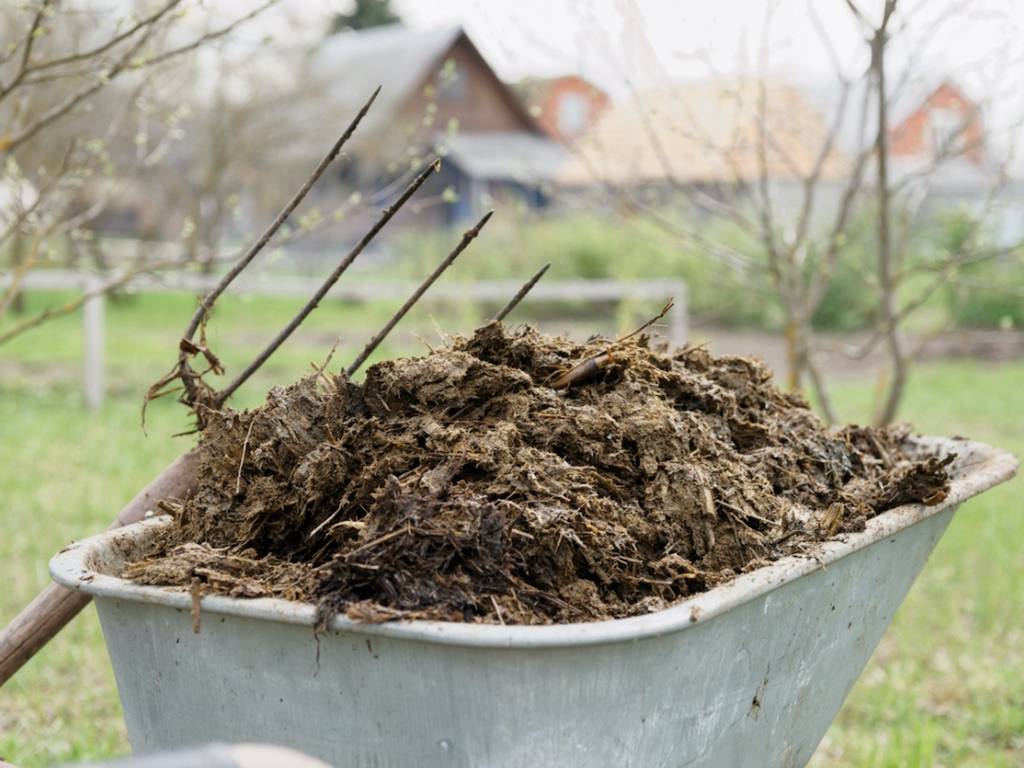
Couple of items beat a steaming cup of tea first thing in the morning, or even after a long and exhausting day at work. India's favorite chai is a part of informal conversations, heated discussions, a solitary moment, or just enough to get us through the day.
Tea consumption produces thousands of kilos of excess tea powder, the majority of which is discarded in bins. This waste can be transformed into nutrient-rich compost, which can be gold for your plants if you're a home gardener. Tea powder contains 4% nitrogen, phosphorus, potassium, and other soil-friendly micronutrients. Plants may benefit from decomposed tea powder as manure.
“There is nothing wrong with used tea powder ending up in our landfills because it decomposes quickly and has no negative effects on the climate. But why throw it away because it can help plants?
“You can make compost in one of two ways: by mixing it with other wet waste or by preparing it without doing so. Both processes are easy, but the only thing to watch out for in the latter is the storage method. Tea powder, a mud jar, a cap to cover the pot, and a pointed tool to create holes in the utensil are all needed for the operation.
Procedure:
Herbs like holy basil, cinnamon, cardamom, and sugar are often blended into the tea powder. It's important to wash the tea powder before converting it into compost to prevent odors and ants creeping into the mixture.
By squeezing the mixture, the excess water should be squeezed out. The mixture could then be immediately put in the mud bath. “Mud pots are usually porous, allowing air to circulate inside. A pair of holes drilled in the pot, on the other hand, will help with ventilation.
The mixture begins to decompose on its own. “Continue to apply used powder every day, and when the pot is finished, replace it. There's no need to add water because the tea powder is moist and contains enough liquid to aid the decomposition process. To stop insects, it's a good idea to have the pot sealed at all times.
“A white coating of fungi appears from 30-45 days later. It's a normal occurrence, and there's no need to be concerned. This is simply a confirmation that the procedure is successful.
The whole procedure will take between a month and 90 days to complete. We realize the process is finished when the powder has fully dried and halved within the jar. After that, the pot should be exposed to the sun for a few days before being used. It may be ground deeper or used directly in the dirt.












